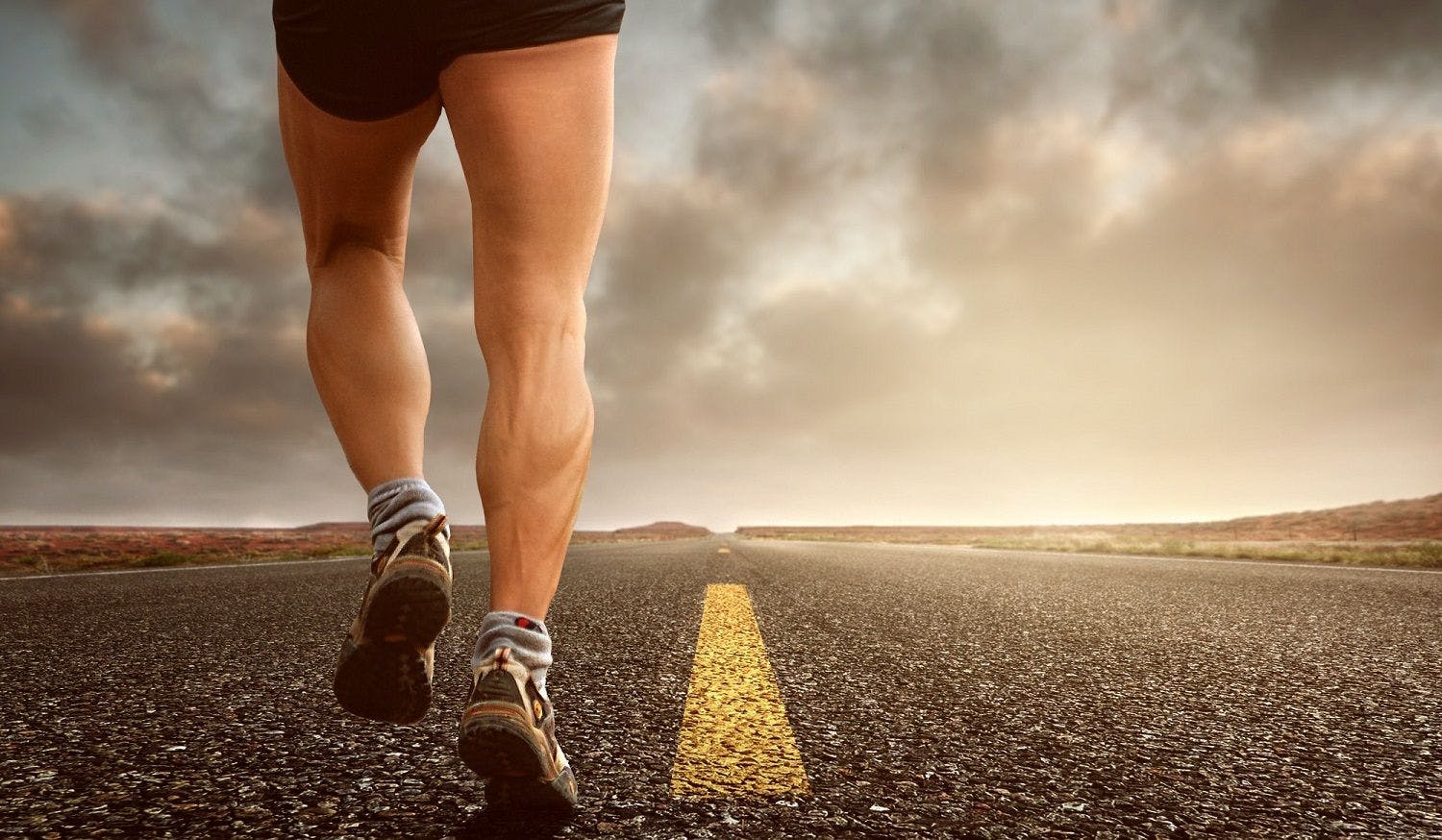Developing Calves and Surrounding Muscles
In our fitness journey, we often encounter certain muscles that are difficult to develop. This could be due to inadequate training frequency and intensity, or because we prioritize other muscle groups. Today, we'll focus on the calves and the muscular area around them, which are crucial yet often overlooked.
The Challenge with Calves
Calves are notoriously difficult to develop unless you're genetically blessed with large ones. Since we use our calves with every step we take, they're accustomed to constant work. This means that the effort we put into training them often falls short, providing insufficient stimulus for hypertrophy.
Despite this, calves play a significant role in our body. They enable the extension of the sole of the foot and provide ankle stability. Therefore, their strength is vital for preventing injuries and ensuring good performance in walking, running, or cycling.
Understanding Muscle Fiber Types
The reason why some people struggle to grow their calves, while others easily develop bulging ones, lies in the type of muscle fibers. There are two primary groups of muscle fibers:
- Type 1 or slow-twitch fibers: These fibers have the least growth potential but are dense, capillary-rich, and rich in mitochondria and myoglobin, making them highly resistant to fatigue.
- Type 2 or fast-twitch fibers: These fibers have a much higher growth potential than type 1 fibers, but they fatigue quickly.
Studies indicate that the muscle fibers of the calves can vary in composition depending on the individual. Some people's calves may comprise up to 60% type 2 muscle fibers, while others may have as little as 15%. Consequently, the former group can easily add mass to their calves, while the latter finds it challenging.
Training the Calves
To increase calf muscle volume, we should use high weight loads with relatively low reps. A variety of exercises should be employed, whether on a machine, seated, on the press, etc. This approach helps train the calves at all angles and enables full movements for better development. Also, to work out the calves correctly, our legs must be straight, without any flexion, to achieve perfect contraction and optimal muscle extension.
Working Other Areas
To develop the muscles below the knee area, we need to work more than just the calves. The soleus and tibialis muscles also need attention. These muscles are composed mainly of slow-twitch fibers, so we should use light loads and high repetitions.
Unlike the soleus, which takes several days to recover, calves recover in about 24 hours. However, keep in mind that leg exercises like squats or deadlifts also engage your calves. Therefore, it's not recommended to train more than 2 to 3 times a week, depending on your recovery capacity.
Like any muscle we want to develop, we must prioritize it. This means not just doing a couple of series at the end of the workout when we're exhausted. Instead, we should train our calves first when we're full of energy.
